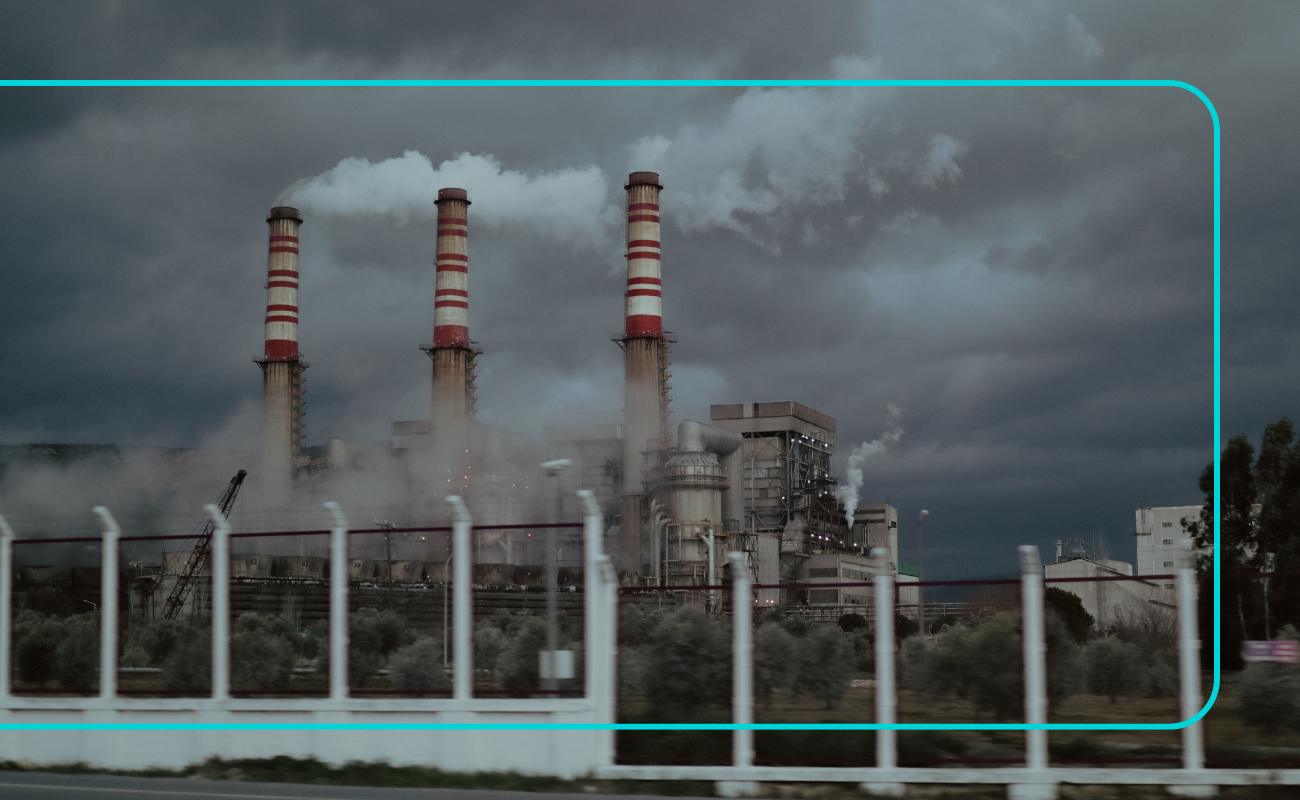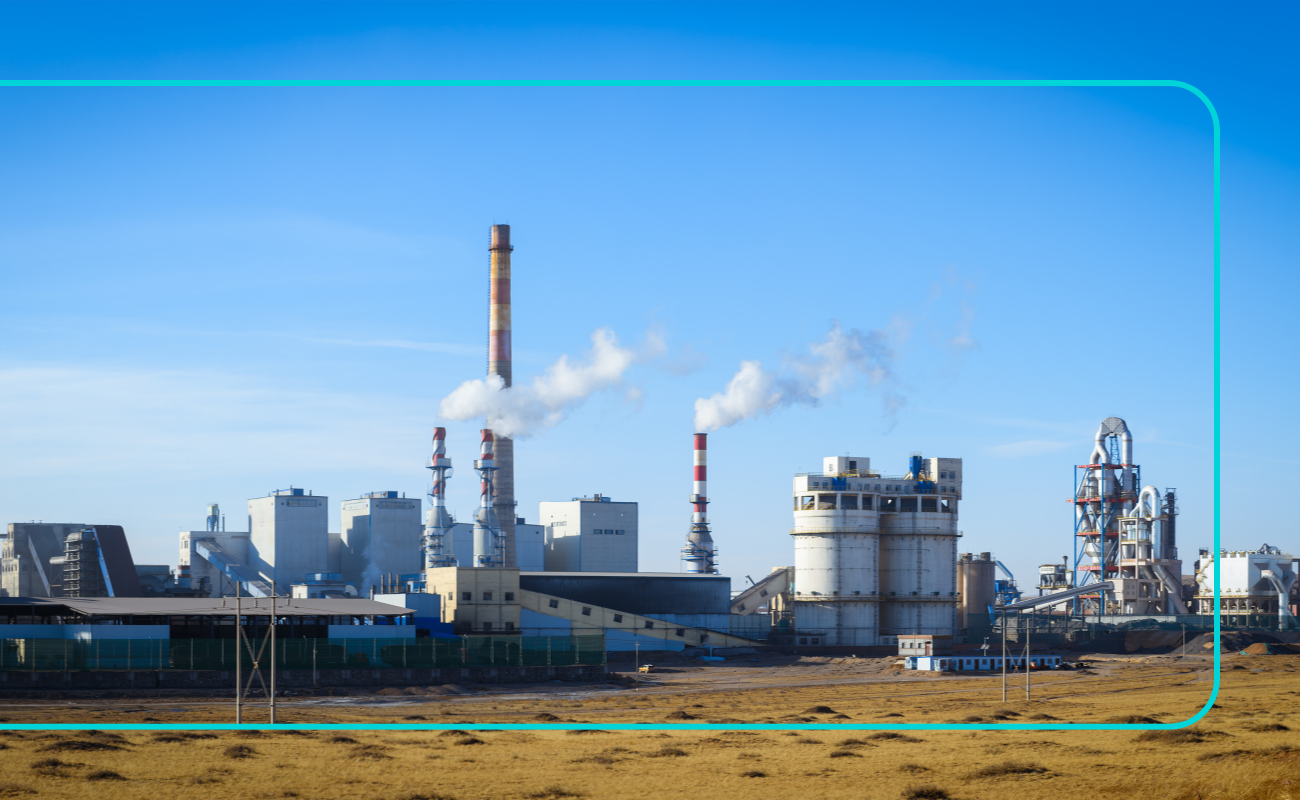Air pollution in factories continues to be one of the leading contributors to global environmental degradation and public health risks. While policies and regulations have pushed for cleaner practices, the reality on the ground, especially in high-emission industries like chemical manufacturing, cement, coal, and oil & gas, tells a different story.
In many industrial zones across the U.S., the air is still thick with PM2.5, VOCs, and toxic gases. And while the damage is measurable, it’s far from being fully controlled.
The real cost of industrial air pollution
The problem with air pollution in factories isn’t just about the visible smoke or unpleasant odors. The particles and gases released into the atmosphere often include:
- Particulate matter (PM1, PM2.5, PM10): Linked to respiratory and cardiovascular diseases.
- Volatile organic compounds (VOCs): Harmful chemicals that can cause long-term health effects.
- Greenhouse gases (GHGs): Major contributors to climate change.
- Heavy metals and toxic residues: Often present in emissions from coal and mining operations.
The health impact is serious. According to the American Lung Association, air pollution contributes to over 100,000 premature deaths in the U.S. each year. A significant share of this comes from industrial sources.
But it’s not just a health issue; it’s also an economic one. Fines, lawsuits, production shutdowns, and damaged reputations cost companies millions. And for nearby communities, the impact can be devastating and generational.
Why traditional monitoring falls short
Most regulations require periodic testing and spot-check monitoring. But pollution isn’t static. It fluctuates with production schedules, weather conditions, equipment failure, and more.
This is where traditional methods fall short. They offer snapshots, not the full picture. And without continuous data, companies are essentially flying blind, unable to detect when emissions spike or where they’re coming from.
Reactive monitoring means taking action after the damage is done!

A smarter approach: real-time, continuous monitoring
Today, advanced air quality monitoring systems are enabling factories to take a proactive stance. These systems:
- Monitor multiple pollutants simultaneously
- Capture live, minute-by-minute data
- Provide alerts when limits are exceeded
- Integrate into environmental management systems
- Support compliance reports and community engagement
This is no longer an optional upgrade. It’s the new standard for companies that take ESG seriously and want to future-proof their operations. Meet our portfolio here.
The industries leading—and lagging
Let’s take a closer look at how different industries are managing their emissions:
Chemical manufacturing
Solvents, combustion by-products, and unfiltered chemical reactions make this one of the most polluting sectors. Yet many plants still rely on outdated monitoring practices that miss micro-emission events.
Cement and Coal
Both industries produce high levels of PM10 and PM2.5 through grinding, combustion, and transport activities. Continuous dust monitoring is critical to stay within EPA limits.
Oil and Gas
The volatile nature of extraction and refining processes makes VOC monitoring essential. Without real-time sensors, leaks and emissions can go undetected for hours or days.
Mining
Dust from excavation and heavy equipment activity can quickly exceed safe levels. Monitoring helps not only protect nearby communities but also ensure worker safety in the field.
Technology that changes the game: Oizom’s Polludrone
At Inteccon, we believe that the right data changes everything in air pollution in factories. That’s why we proudly distribute the Polludrone by Oizom, a comprehensive air pollution monitoring system designed specifically for industrial use.
What makes Polludrone different?
- Real-time data: 24/7 monitoring of PM1, PM2.5, PM10, CO2, SO2, NO2, VOCs, and more.
- Modular design: Customize based on the pollutants most relevant to your operation.
- Weather-integrated: Wind speed, direction, temperature, and humidity are measured alongside pollutants to provide context.
- Smart analytics: Advanced software visualizes data trends, heatmaps, and reports.
- Remote access: Access data from anywhere, anytime, for complete transparency.
- Compliance-ready: Meets global standards for industrial and environmental monitoring.
This is more than a sensor. It’s a decision-making tool that empowers industries to act fast, stay compliant, and protect what matters most.

Conclusion
The conversation around industrial air pollution is growing louder for a reason. Communities, regulators, and even investors are demanding more. With real-time, continuous monitoring, you’re not just checking a box; you’re taking leadership.
Ready to explore how your factory can reduce emissions and lead with data?
Let’s talk.
